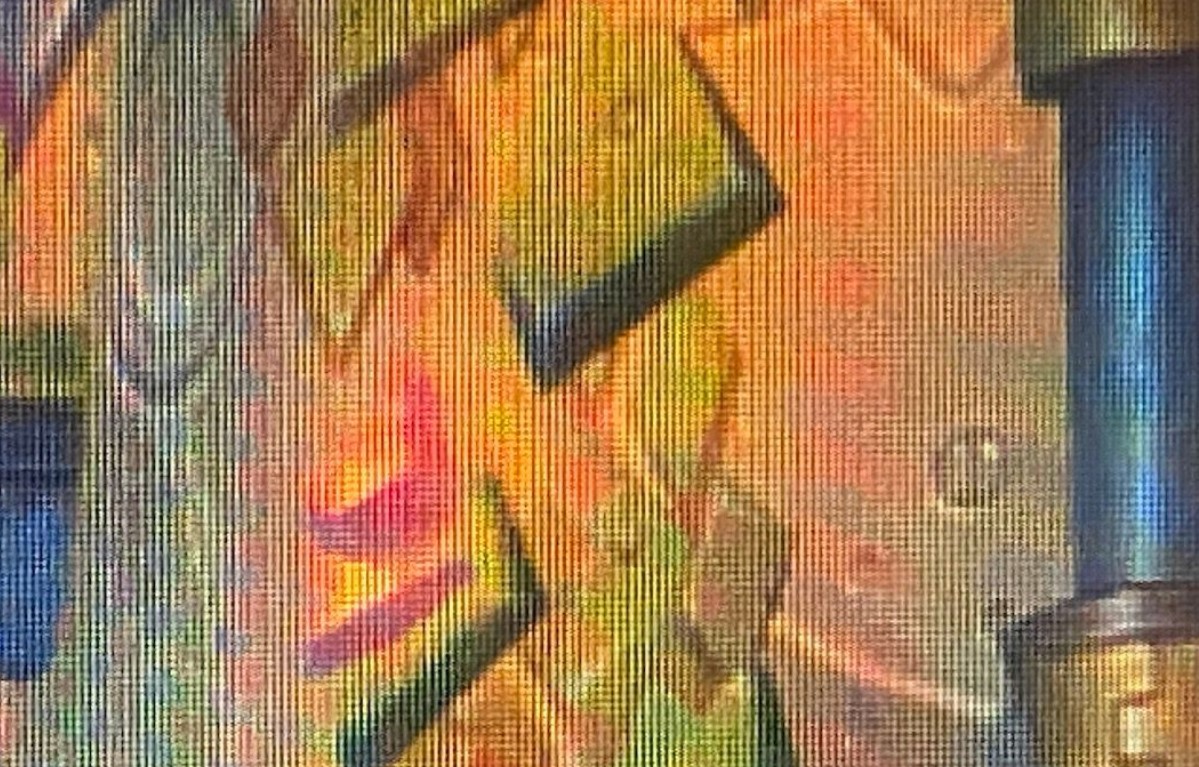What is screen door effect?

Screen door effect – The screen door effect is a visual artifact that can occur when viewing a display with a low pixel density, such as early virtual reality (VR) headsets or some projectors.
It appears as a grid of thin black lines or gaps, resembling the grid of a traditional screen door. This occurs because the display’s pixel density is not high enough to fully mask the gaps between pixels, resulting in the appearance of black lines or gaps between them.
In VR headsets, this effect can be particularly noticeable, as users may be viewing the display through lenses that magnify the image. The screen door effect can be an immersion-breaking experience, as it can make the image appear less realistic and more like a grid of pixels.
To reduce or eliminate it, displays with higher pixel densities can be used, such as those found in newer VR headsets or high-end displays.
It is mainly caused by the space between pixels, which is known as the “fill factor” or “aperture ratio.” The fill factor is the ratio of the area of each pixel to the total area of the display. The higher the fill factor, the smaller the gaps between pixels, and the less noticeable the screen door effect.
Another factor that can contribute to it is the quality of the display’s optics. In VR headsets, for example, the lenses used to magnify the display can cause the gaps between pixels to become more visible, especially if the lenses are not well-matched to the display.
IT can also be influenced by the viewing distance and angle. The closer the viewer is to the display, the more noticeable the effect may be, as the gaps between pixels are more easily discerned. Similarly, viewing the display from an angle can make the screen door effect more visible, as the pixels are not aligned with the viewer’s line of sight.
Overall, it can be a limitation of certain display technologies, but advancements in display and lens technologies have helped to minimize it. High-resolution displays with small pixel gaps and well-matched optics can greatly reduce the visibility of the screen door effect, leading to a more immersive viewing experience.





